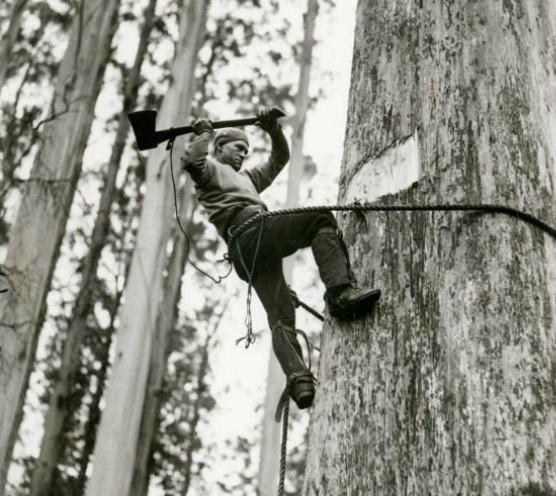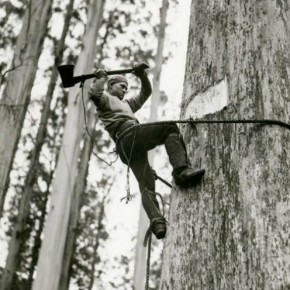
For information on logging in the Strathbogie Forest, go to the website of the Save Our Strathbogie Forest group.
Update
As of November 2019, the Victorian Government has halted all current and proposed logging in the Strathbogie Forest by declaring the entire forest an Immediate Protected Area. All previous logging coupes in the forest have been removed from the Timber Release Plan.
Background
The forests of the Strathbogie Ranges have a long history of timber harvesting. In the early years of the 20th C several mills were at work in the forest and supported many forests workers and their families. However, that all changed with the advent of mechanised, industrial logging in the 1960’s. Since then, logging has been the preserve of big machines and very few people. And once big machines were part of the logging business, wood-chipping was the next logical, industrial step. Starting in the 1980’s and steadily gaining momentum, wood-chipping, not saw-logs, has been driving native forest logging in Victoria.
Just as we’ve seen the State Government (through VicForests) ramp-up pressure on forests in other parts of Victoria, it’s starting to happen here too. VicForests plans to log about 500 ha of forest in the next few years. It’s logging more forest in the next few years than it’s logged in total for the last 10-15 years!
Where are the planned coupes?
Most (338 ha) are concentrated in a small, linear band and connect end-to-end. If these 12-or-so coupes are harvested in the next couple of years (as planned), there will be a 4.5 km long scar right through the heart of the forest.
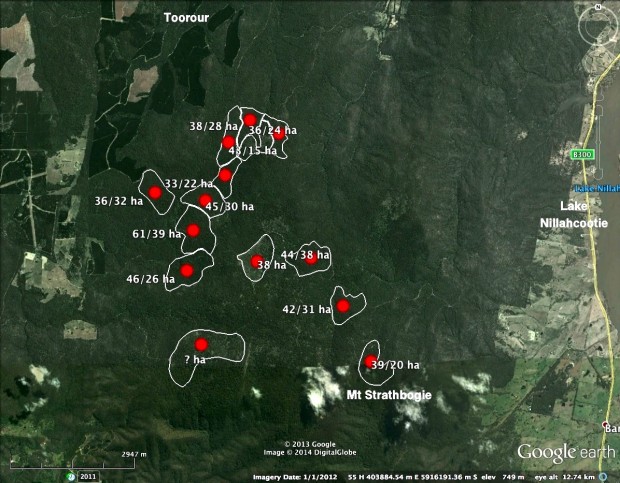
What sort of forest is being logged?
This forest is known as ‘mixed species’ forest, because it contains a mixture of eucalypt species, not pure stands (as is often the case with Mountain Ash and Alpine Ash forests). In the Strathbogies, mixed species forest usually includes Blue Gum, Mountain Gum, Manna Gum, Messmate and Peppermint, as well as smatterings of other tree species.
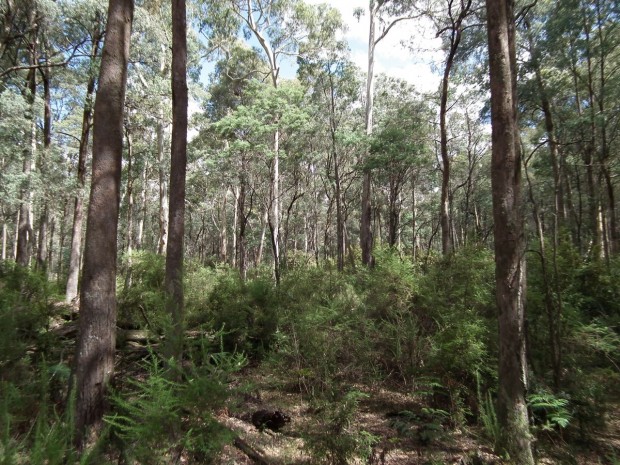
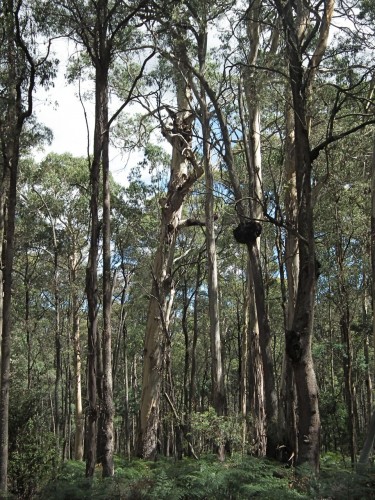
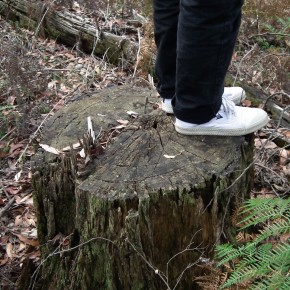
Most of the proposed coupes are in forest that was logged 40-60 years ago. Some coupes contain healthy stands of tall, straight Messmate, but others contain few saw-logs. A feature of most coupes are the grand, old trees, many of which are centuries old, which are now critical, irreplaceable biodiversity assets.
For all the details, go to Save Our Strathbogie Forest.

